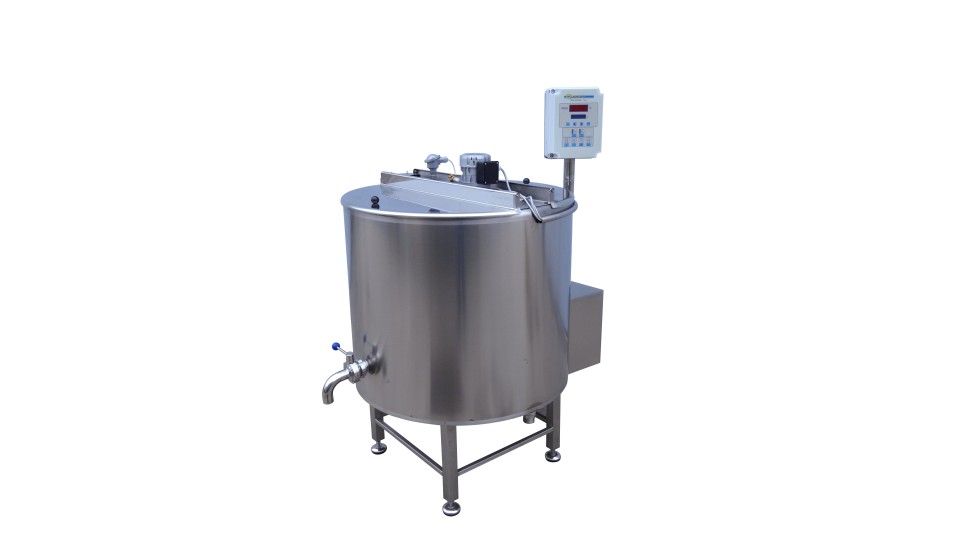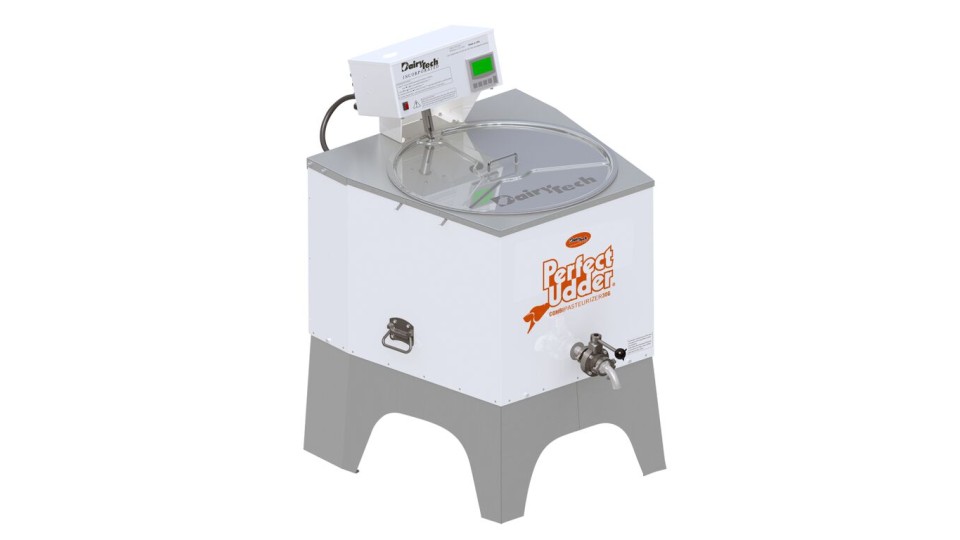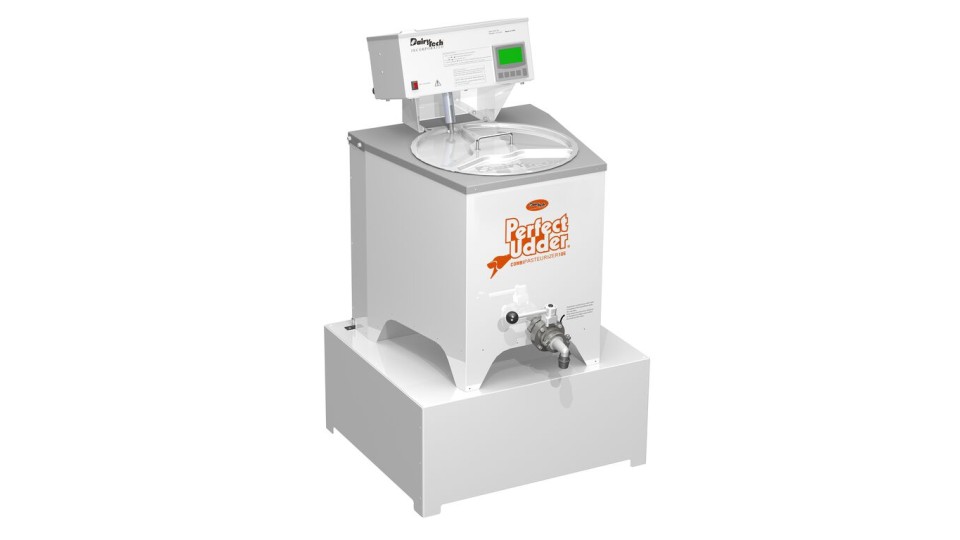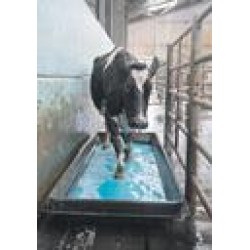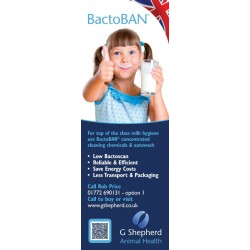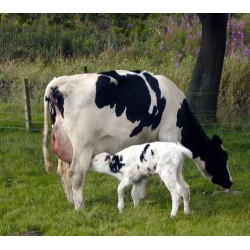Are we feeding live Johnes disease / MAP in calf milk replacer?
Are we feeding live Johnes / Mycobacterium avium subsp. paratuberculosis in calf milk replacer?
Submitted by : Michael Collins
Abstract type : Oral presentation
Session type : Exposure and transmission
Author Speaker : James C. Tarrant
Information about other authors (name and affiliation of co-authors) :
Brenna Kunkel1, Sheila McGuirk1, Antonio C.G. Foddai2, Irene R. Grant2, and Michael T. Collins1
1School of Veterinary Medicine, University of Wisconsin-Madison
2Institute for Global Food Security, School of Biological Sciences, Queen's University Belfast
Abstract (350 words maximum) :
When advising farmers on how to control Johne’s disease, the #1 recommendation is to avoid feeding waste milk to calves and instead to feed them calf milk replacer (CMR). Obviously, this advice is based on the assumption that milk replacer is free of live Mycobacterium avium subsp. paratuberculosis (MAP) organisms capable of causing infection. No one has ever challenged this assumption. Preliminary work on CMR sourced in Wisconsin found that 1 (12.5%) of 8 samples tested positive for live MAP organisms by the peptide-mediated magnetic separation–phage assay (PMS-PA). Previously, 30 (44%) of 68 powdered milk products intended for human consumption were positive for live MAP by the same assay. The PMS-PA permits sensitive and rapid detection of live MAP. MAP cells are separated from the sample using magnetic beads coated with MAP-specific peptides and incubated with a mycobacteriophage, before treatment with viricide (to kill extracellular phages) and then plating with fast-growing M. smegmatis. Plaques in the resulting M. smegmatis lawn indicate the presence of live MAP organisms that have burst as a result of phage amplification. IS900 PCR is applied to plaques to confirm that the plaque is derived from MAP cell(s). We hypothesized that live MAP organisms may be widely prevalent in commercial powdered CMR products, so tested a broader sample of CMR products (n=83) obtained from dairy farms around the USA. In addition to the PMS-PA, conventional microbiological methods were used to quantify total mesophilic bacterial counts, coliforms, Salmonella, staphylococci, and streptococci in the CMR samples, in order to assess their overall hygienic quality. Sixteen (19.2%) of 83 CMR samples tested positive for live MAP based on PMS-PA with IS900 PCR confirmation of MAP DNA in plaques obtained. All conventional microbiology results were within the USA regulatory guidelines for bulk tank milk. No correlation was found between conventional microbiology and presence of MAP indicated by the PMS-PA. Corroboration of PMS-PA findings was attempted using sample processing with and without PMS, and solid and liquid medium-based MAP culture; culture results are pending. The implications of results of CMR testing for MAP control programs will be discussed.
Keywords (comma separated) : Milk replacer,control,exposure,
Bibliografic references :
Documents :
© INRA 2015

